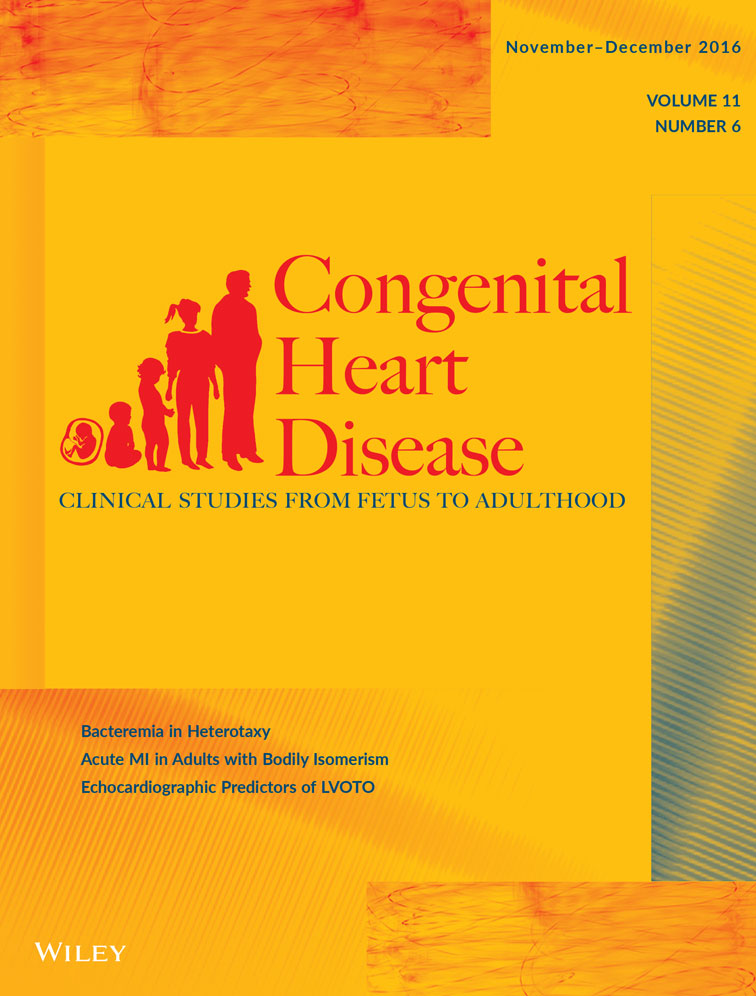Transcatheter Patent Ductus Arteriosus Occlusion in Small Infants
Conflict of interest: The authors have no financial relationships or conflicts of interest to disclose.
Abstract
Background
Transcatheter patent ductus arteriosus (PDA) occlusion is feasible in small infants and may improve lung function in symptomatic patients. We aimed to describe transcatheter PDA closure in small infants including predictors of technical success and rate of complication and to identify factors associated with improved respiratory status after closure.
Methods
All patients in the NICU at our center who were referred for transcatheter PDA occlusion between 1/2010 and 11/2014 were retrospectively identified. Relevant details were extracted. Additionally, a modification of the respiratory severity score (RSS) (FiO2 × mean airway pressure) was used to characterize degree of pulmonary support before and at intervals after catheterization.
Results
Twenty patients were identified with median age of 96 days (13–247) and weight of 3.1 kg (1.7–4.7). The PDA was type F morphology in 14 (70%) patients. The PDA was successfully occluded in 16 (80%) patients. Ratio of minimum PDA diameter/length was >0.5 in all unsuccessful attempts and <0.4 in all successful cases (P = .01). Of the 16 cases of occlusion, Amplatzer Vascular Plug II was used in 15 (94%). No deaths or pulse loss occurred. Five (25%) patients required blood transfusion and transfusion was associated with lower hemoglobin (P = .049), lower weight (P = .008), and lower aortic pressure (P = .04). Excluding 1 patient with significant congenital heart disease, the RSS improved at 3 days in 9 (60%) patients and at 7 days in 12 (80%) compared with preintervention value. Patient factors were not associated with improved RSS at 3 or 7 days.
Conclusions
In our cohort of symptomatic infants, transcatheter PDA occlusion was successful in most and a ratio of minimum PDA diameter/length of <0.4 was predictive of technical success. Using a surrogate for pulmonary support, the majority of patients were on less support 7 days after closure.




